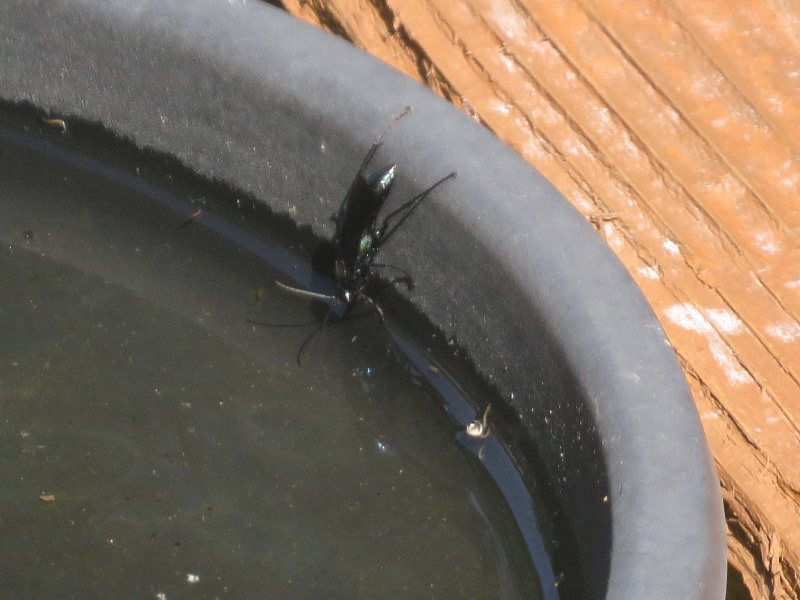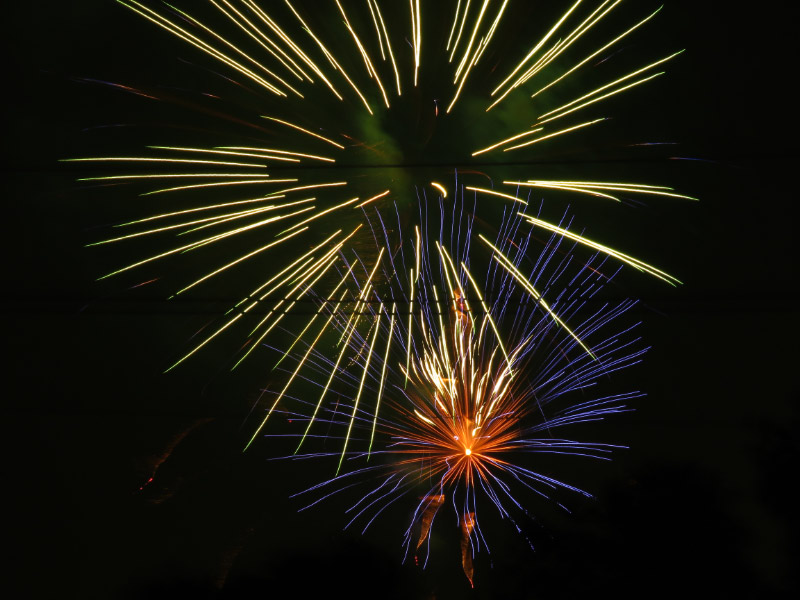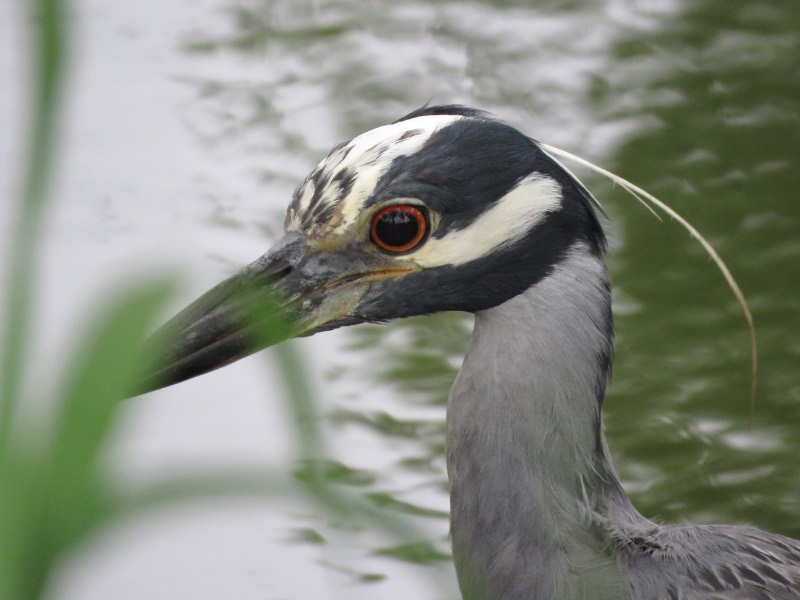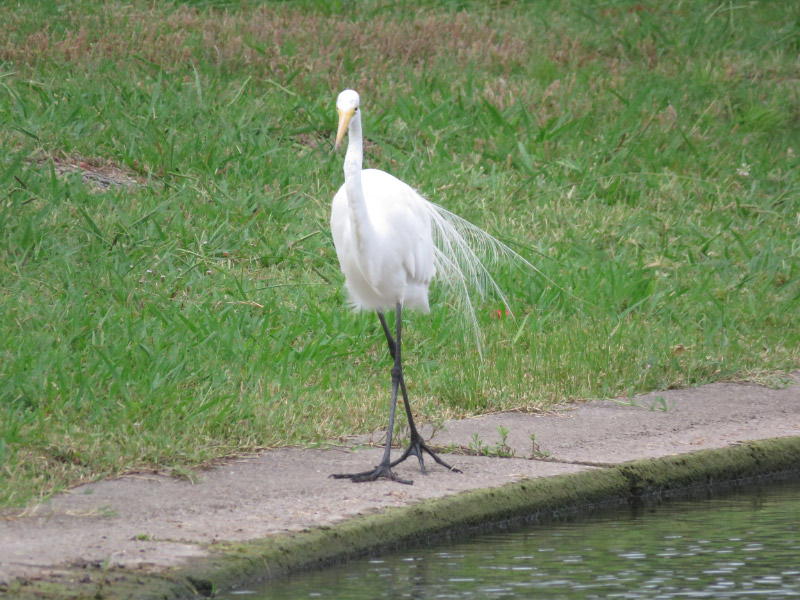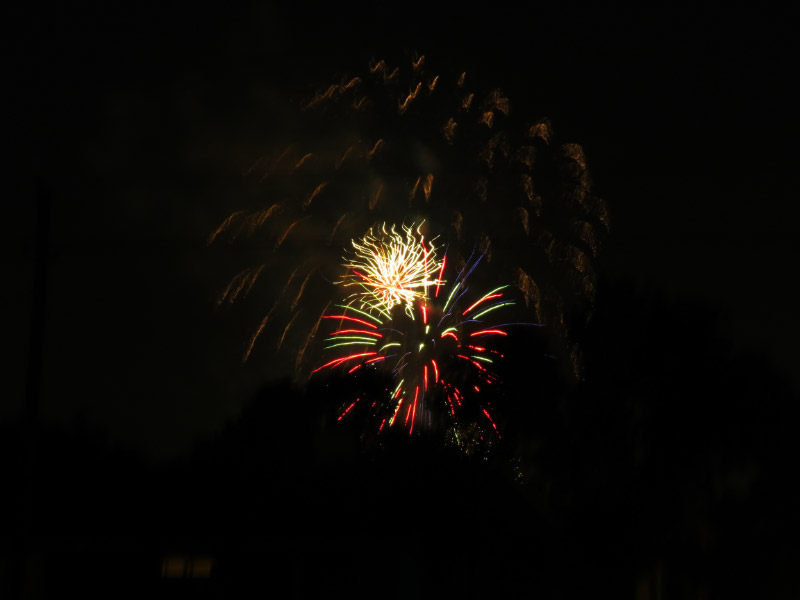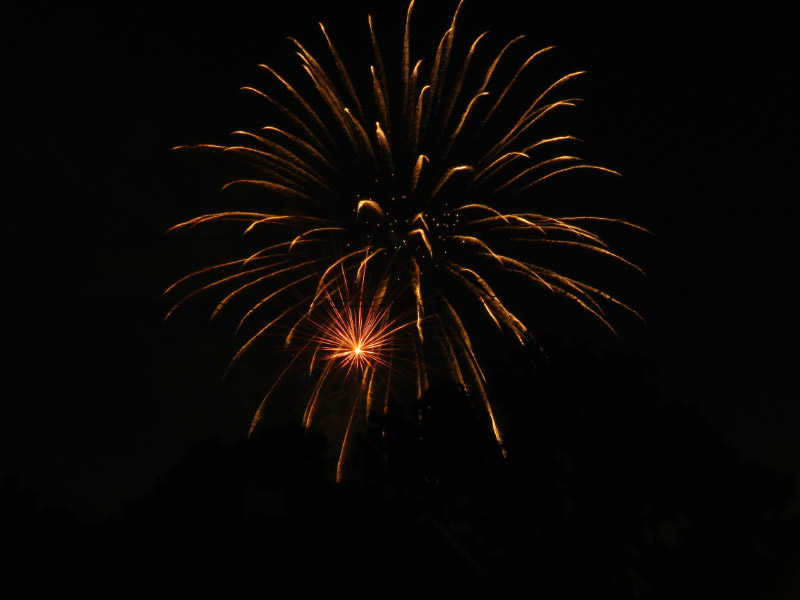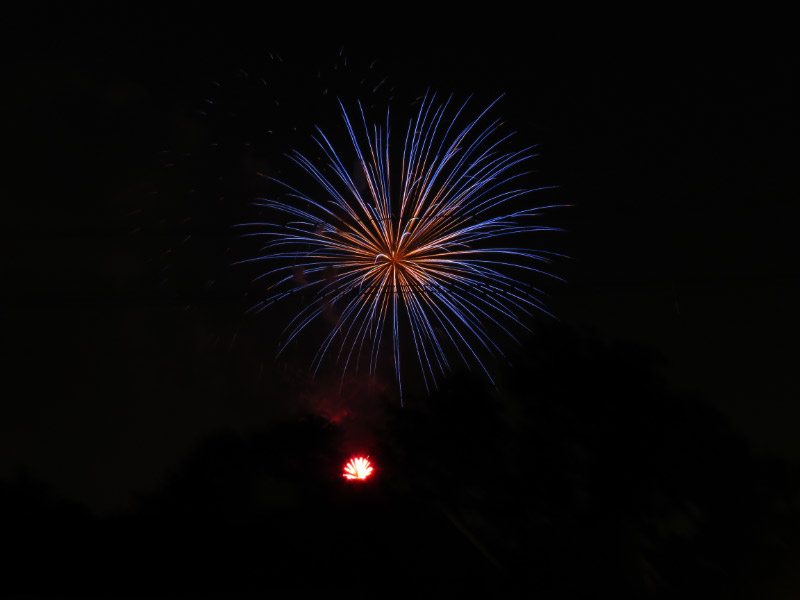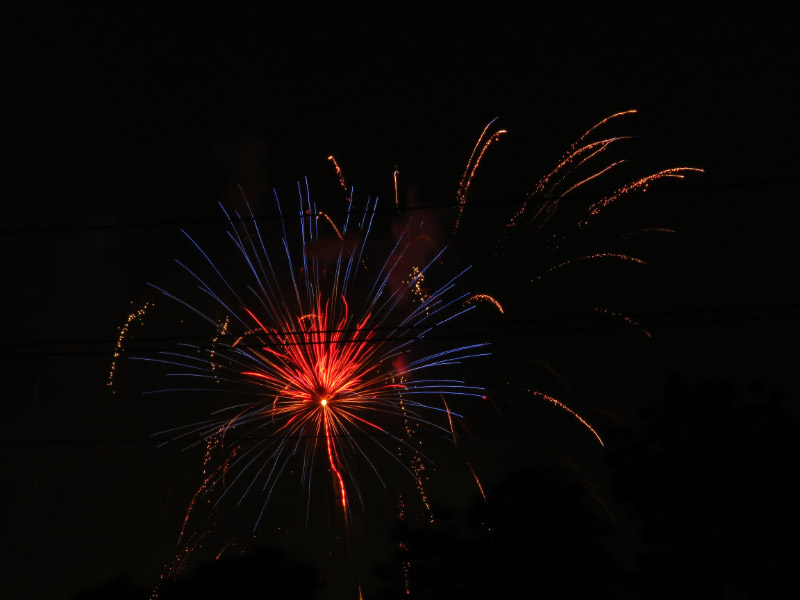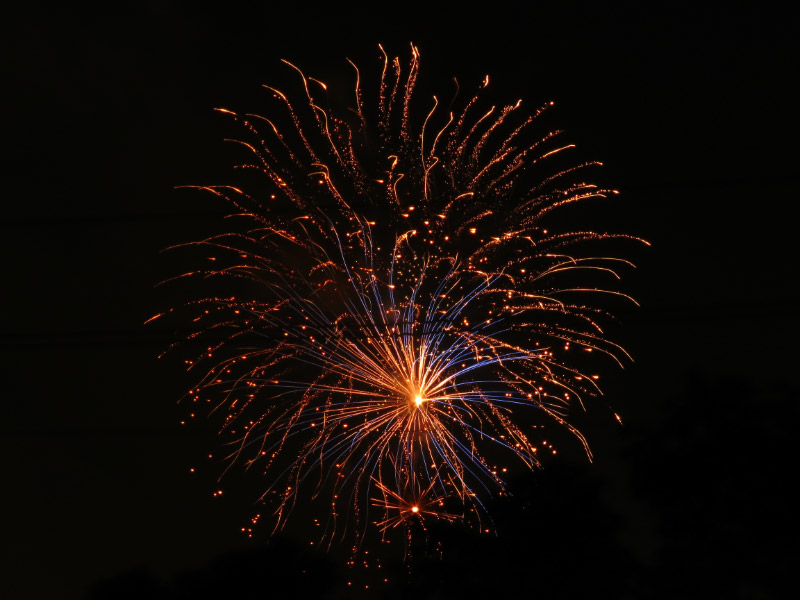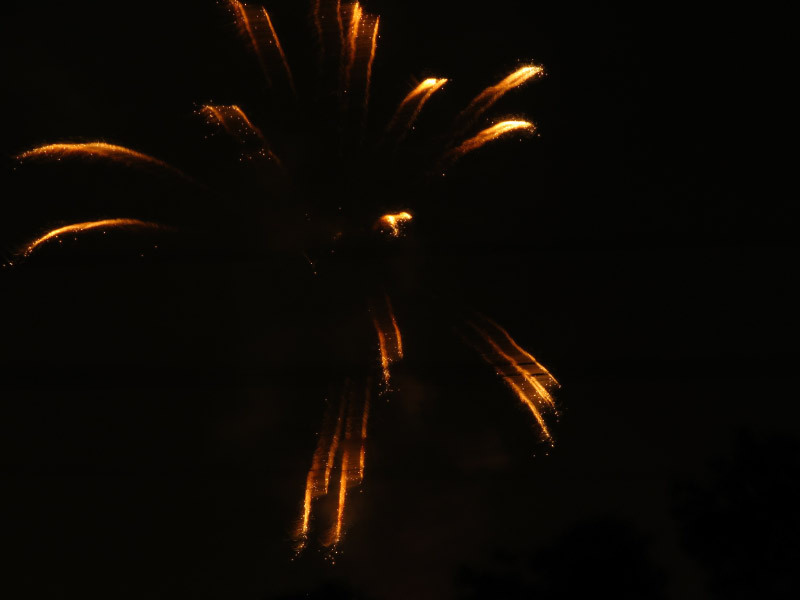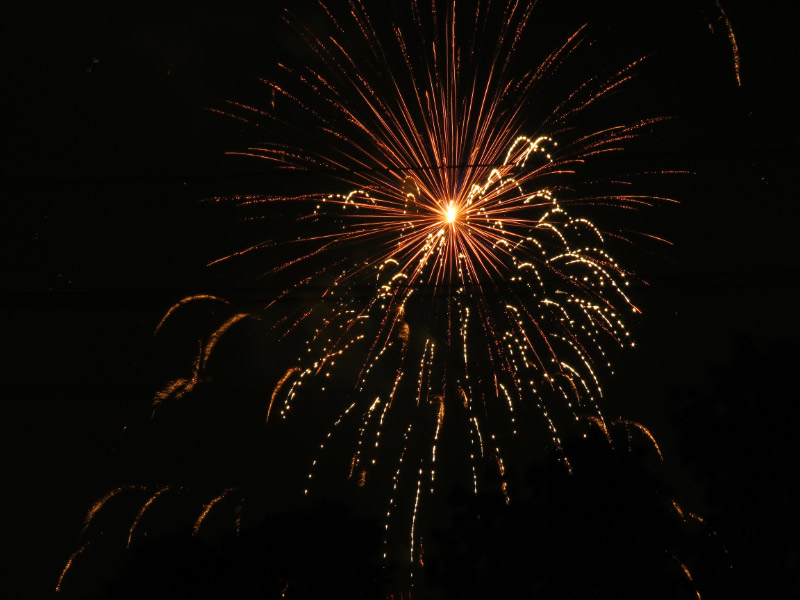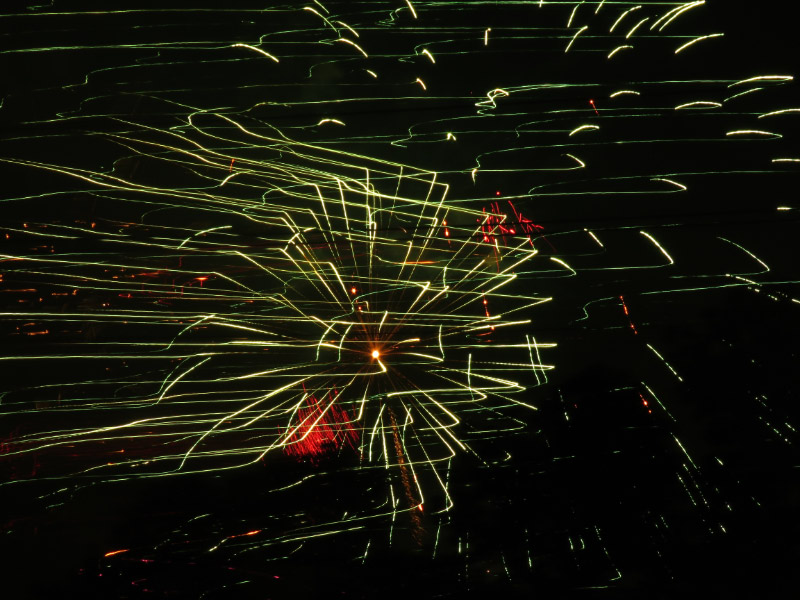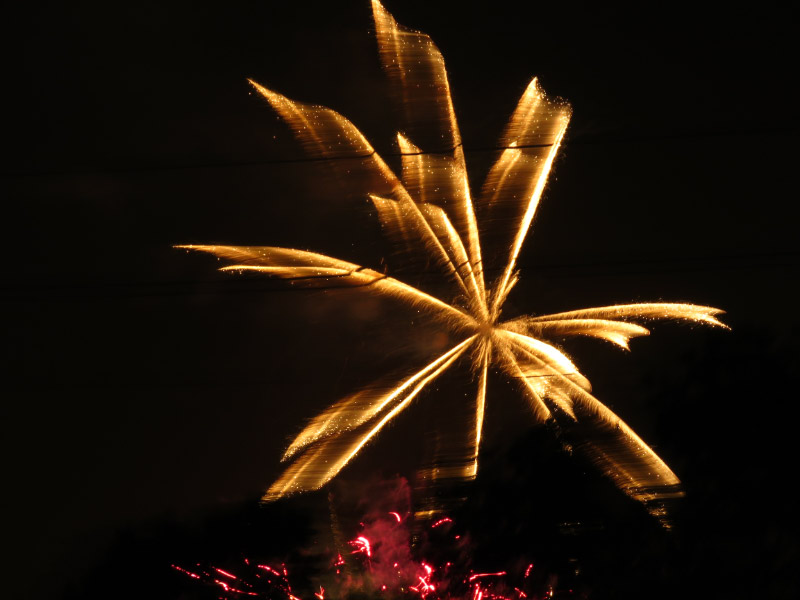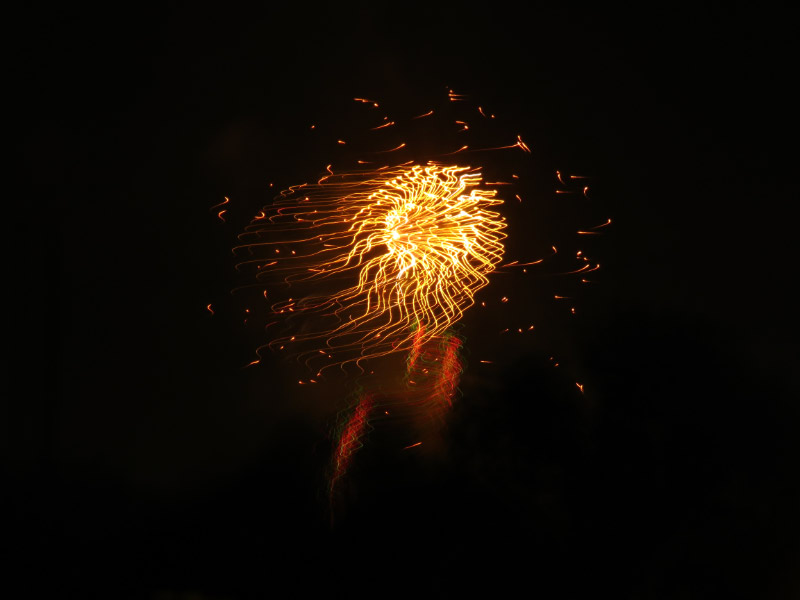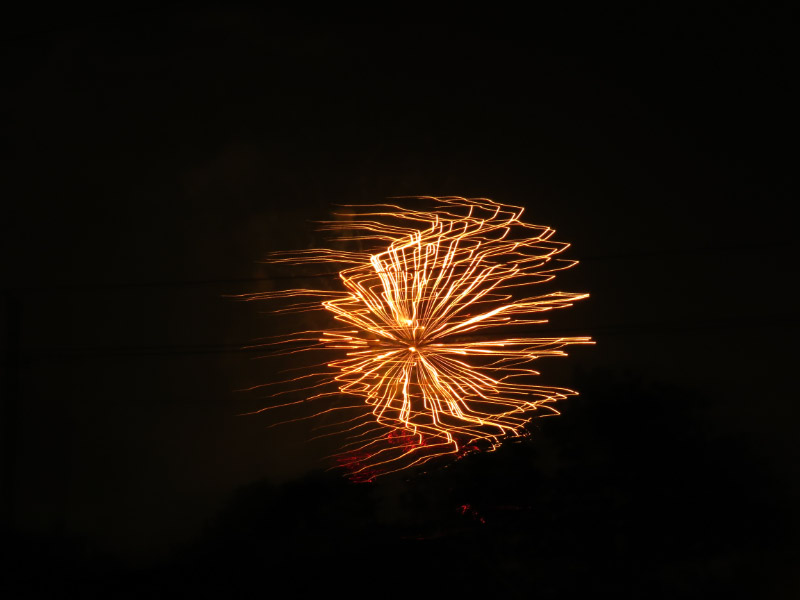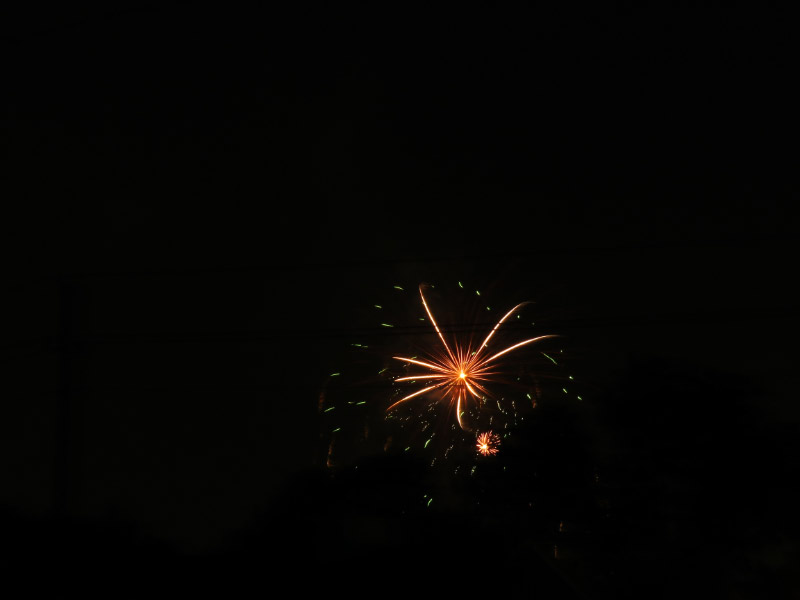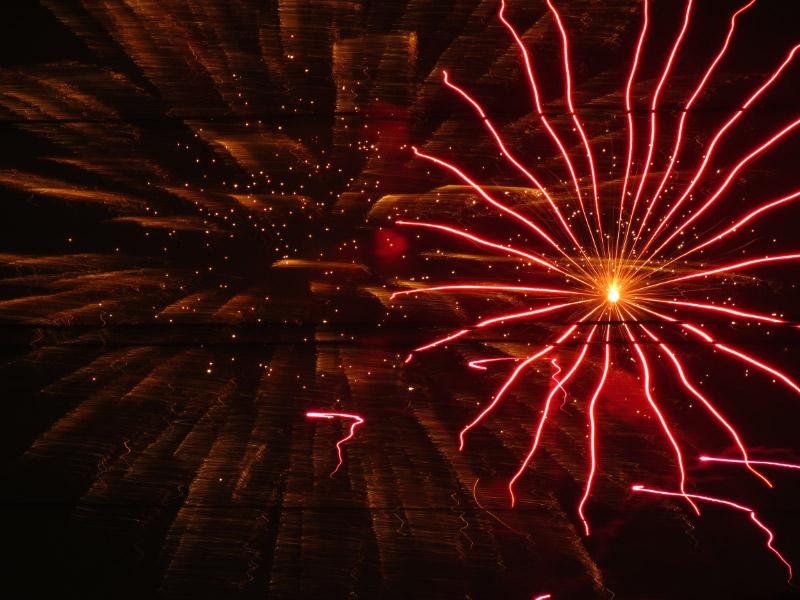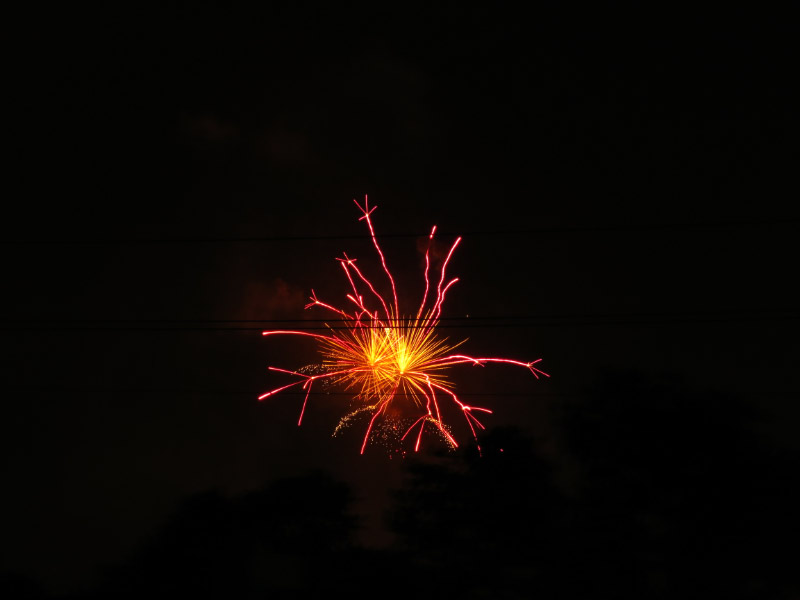The items below were ‘the cream’ of the articles and websites I found this past week. Click on the light green text to look at the article.
Why US schools need to shake up the way they teach physics - As the economy becomes more tech-centered, understanding physics is critical. Yet the number of Americans with a solid grasp of physics is dwindling. Learning physics can better prepare you for a role as an aerospace engineer, software developer or environmental scientist, to name just a few. Shifting the way physics is taught so that students see how physics influences their daily lives with examples from sports, extreme weather or baking and cooking rather than rote memorization of formulas with examples from history would increase the number of students mastering physics and prepare them for the future…which is what education should do.
The Smithsonian Acquires the Earliest Known Photograph of an American First Lady – A daguerreotype of Dolley Madison from 1846 when she was 81.
The Hunt: What Happened to the Great Sphinx’s Nose? – The nose was gone well before Napoleon’s time.
NASA Returns to the Beach: Assateague on the Move – The changes in the barrier islands between 1985 and 2019 shown in images from NASA satellites.
The State of Electric School Bus Adoption in the US – Every U.S. state, except Wyoming, has electric school bus commitments. I hope the adoption has the momentum to continue for the health of child and the environment! As of December 2023, 3,700 electric school buses had already been delivered and 4,800 were awarded/ordered.
Huge firework displays will mark 4 July in the US, but the nation's air quality will suffer - Fireworks generate large amounts of smoke, which can have a visibly negative impact on air quality, but they also release other pollutants that are harder to see. In some areas, the concentration of fine particulate pollution known as PM2.5 can be between 1.5 and 10 times higher than normal on the night of 4 July and the following day. These fine soot particles have been linked to a range of health problems including asthma, heart disease and low birth weight. Another negative for fireworks: One analysis of wildfires on federal land in the US over a 37-year period from 1980 found that 11,294 of nearly 600,000 fires over that period could be attributed to fireworks. Two thirds of these occurred in the two-week period around 4 July. There are concerns that perchlorate (used as a propellent in fireworks) contamination can find its way into drinking water, where high levels of perchlorate can interfere with human thyroid function. --- I hope to see more drone shows available in the coming years.
Weaker Ocean Circulation Could Worsen Warming – A new modeling study finds that slowing currents could disrupt the upwelling of nutrients from the deep ocean to the surface, starving the phytoplankton that absorb carbon. The result is that, not only would the ocean absorb less carbon dioxide from the atmosphere, it would also unleash more carbon dioxide from its depths, leading to further warming.
See Ten Awe-Inspiring Images from the Astronomy Photographer of the Year Contest – Beautiful images. My favorite is the solar prominence image.
Proteins and fats can drive insulin production for some, paving way for tailored nutrition - Production of the insulin is much more dynamic and individualized than previously thought. A subset of the population appears to be hyper-responsive to fatty foods. As a next step, the researchers hope to expand their work into clinical studies that would test insulin responsiveness to carbohydrates, proteins, and fats in a real-world setting, and to begin developing personalized nutrition approaches based on the findings.
Clever pupils don't need to attend academically selective schools to thrive – A study from Australia that followed students for 11 years. At ages 19 and 25 there was little difference between the educational and employment outcomes of children who attended selective schools versus non-selective schools. For example, the study found that while 81% of selective school students went on to secure a job or university place at 19 compared to 77.6% of pupils from non-selective schools, this difference disappeared when the students were matched on key characteristics, including socioeconomic background, gender, and geographical location.








































